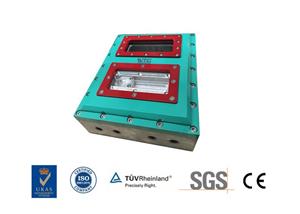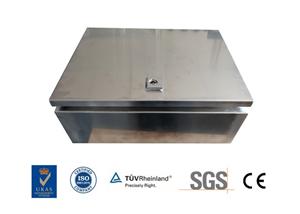Why can the vibrating plate be fed neatly?
Vibrator Bowl is a kind of auxiliary feeding equipment for automatic assembly or automatic processing machinery. It is a kind of feeding equipment for automatic directional sorting, referred to as parts feeding device. The working principle of the vibrating plate: the inverter, the motor, and the automatic conveying function. It can arrange various products in an orderly manner, cooperate with automatic assembly equipment to assemble various parts of the product into a complete product, or cooperate with automatic processing machinery to complete the processing of the workpiece.
There is a pulse electromagnet below the vibrating plate hopper, which can make the hopper vibrate in the vertical direction, and the inclined spring plate drives the hopper to vibrate around its vertical axis. The parts inside the hopper rise along the spiral orbit due to such vibration. During the ascent process, after a series of orbital screening or posture changes, the parts can automatically enter the assembly or processing position in a unified state according to the requirements of assembly or processing. The purpose of its work is to automatically and orderly arrange disordered workpieces to the next process by vibration.
The working principle of the vibrating disc is completed by the cooperation of the above four parts. The ultimate goal of this system is to orderly arrange the disordered and chaotic workpieces, and then it can be neatly and accurately transported to the next working link. The motor generates a force with a directional frequency. The motor mainly relies on the magnetic field generated by the pulse electromagnet to cause the hopper to vibrate in the vertical branch direction of the inclined plane of the vibration plate, thereby causing the spring piece under the vibrating body to have a certain inclined angle, so that the hopper is In the vertical direction, the vertical axis is used as the center of the torsional vibration. Under the stimulation of this vibration, the process parts in the hopper will rise along the spiral track, and then advance toward the discharge port until it exits. Of course, the trajectories of different hoppers are not necessarily the same. For example, linear hoppers use reciprocating linear motion as the main vibration force, while cylindrical hoppers use reciprocating torsional motion trajectories as vibration force.




